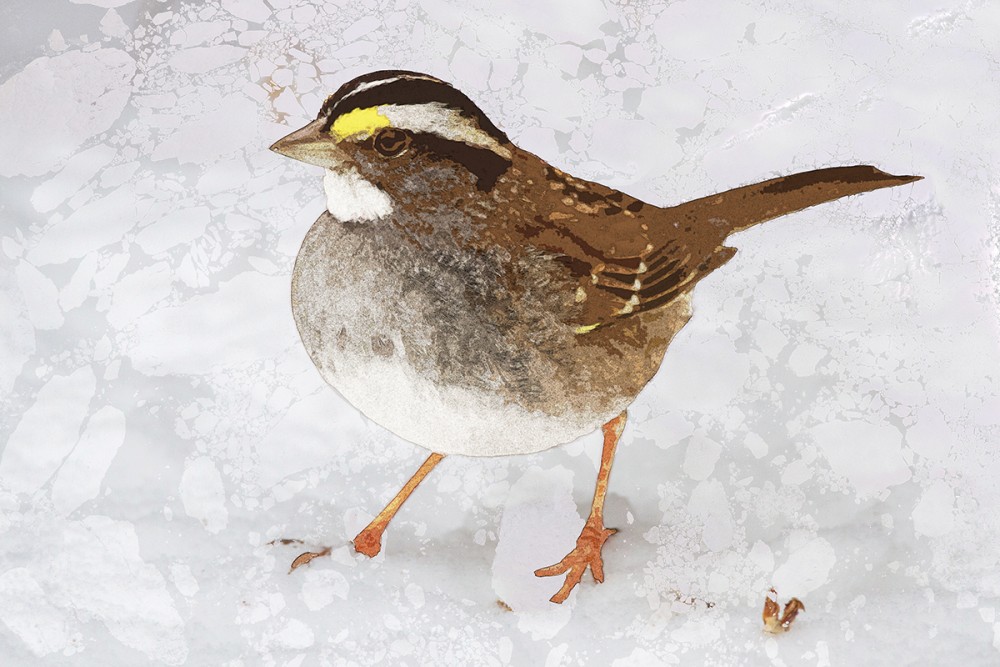Climate change is a symptom of deeper planetary dysfunction
Five ideas for treating the greater disease

The rain had let up, and the fallen oak leaves shimmered in the dawn light. Just beyond us, the road to the park was closed. Fourche Creek was beyond its banks, and the water covered the pavement—an ever more familiar sight. David was there waiting, his clipboard ready with the list of possible species for the day. Bill and I joined him, noted the time, and began counting. “White-throated sparrow—three.” “Hear that, a hermit thrush over there in the privet.” “Yellow-bellied sapsucker.” “Downy woodpecker.”
This was the beginning of the Christmas Bird Count, an annual tradition for 120 years. Teams like ours would be traveling through count circles around the country to gather data about American birds. Data from counts like these are what led scientists to deliver a startling headline in 2019: we now have 3 billion fewer birds in North America than we did before 1970, a 29 percent decline.
For us birders, the news was disturbing but not surprising. There is an increasing sense of bio-paucity, a realization that our encounters with the natural world are impoverished. While watching birds can still yield exciting finds and abundant beauty, what I see in this part of Arkansas is only a fragment of what the Quapaw people saw when they lived here at the time of colonial encounter. Nationwide, the birds we see today are a fragment of what ornithologist Frank Chapman saw when he first proposed the Christmas Bird Count in 1900.




